Emotional burnout isn’t just a grown-up problem—it can sneak into childhood, too, often wearing a clever disguise. What looks like moodiness, laziness, or defiance may actually be signs your child is emotionally running on empty.
In today’s fast-paced world of packed schedules, high expectations, and digital overload, kids are feeling the pressure more than ever. If you’ve noticed your once-energetic child turning quiet, anxious, or unusually withdrawn, it’s time to take a closer look.
Spotting the signs early is key to helping them recover, reset, and thrive. Here are 15 subtle yet powerful indicators your child may be emotionally burned out.
1. Mood Swings That Come Out of Nowhere
One minute they’re fine, the next they’re in tears over a broken crayon. These emotional rollercoasters aren’t just typical kid behavior when they happen constantly.
Children who are emotionally drained lack the reserves to manage feelings in proportion to situations. Their emotional regulation system becomes overwhelmed, causing reactions that seem excessive. Watch for patterns where small disappointments trigger big responses.
A child who normally handles minor setbacks well but suddenly can’t cope with the smallest challenge may be signaling they’re carrying too heavy an emotional load.
2. Abandoning Beloved Hobbies
Remember how your son used to race to soccer practice? Now his cleats collect dust while he claims he “just doesn’t feel like playing anymore.” This sudden disinterest in activities that once brought joy is a red flag.
Burnout drains the emotional energy needed to feel enthusiasm. Activities that require effort start feeling like chores rather than pleasures when a child’s emotional battery is depleted.
Pay attention when multiple interests get abandoned in short succession. The pattern matters more than a single activity change, which might simply reflect evolving preferences rather than emotional exhaustion.
3. Worrying About Everything
“What if I fail the test? Or, what if nobody likes me? What if something bad happens?” When these questions dominate your child’s thoughts, anxiety has taken the wheel.
Burned-out children often develop excessive worrying as their nervous systems become hypervigilant to potential threats. Their minds create worst-case scenarios because emotional exhaustion makes even small challenges feel insurmountable.
Look for physical signs accompanying these worries – nail biting, hair twirling, or stomach complaints. These behaviors often surface alongside the mental spiraling that happens when a young mind is overwhelmed by stress.
4. School Suddenly Feels Impossible
Morning routines become battlegrounds as your once-eager student now fights against going to school. “It’s too hard” or “I hate it there” might become daily refrains. Homework triggers tears or tantrums.
Assignments that previously seemed manageable now overwhelm them completely. This shift signals their mental resources are stretched too thin. The problem often isn’t academic ability but emotional capacity.
When burnout sets in, even familiar schoolwork feels insurmountable because the brain’s stress response interferes with learning and memory functions. Their resistance isn’t defiance – it’s a cry for relief from overwhelming pressure.
5. Tears Flow More Easily Than Before
The threshold for tears has dramatically lowered. Your normally resilient child now cries at commercials, minor disappointments, or seemingly out of nowhere. Emotional burnout creates a state where feelings sit right at the surface, ready to spill over at the slightest trigger.
The emotional regulation system becomes fatigued from constant activation, making it harder to maintain composure. Notice if crying episodes happen more frequently or in situations that wouldn’t normally warrant such intensity.
This heightened sensitivity often indicates your child’s emotional resources are depleted, leaving them without the usual buffers that help process feelings appropriately.
6. Clinging Like a Much Younger Child
Suddenly your independent kid won’t let you out of sight. Separation anxiety that seems more appropriate for a toddler appears in your school-aged child. This regression to clingy behavior signals they’re feeling unsafe or insecure.
When emotionally overwhelmed, children instinctively seek the security of close attachment to restore their sense of safety. Watch for new fears accompanying this clinginess – reluctance to sleep alone, anxiety about parents leaving, or panic when separated.
This attachment behavior isn’t manipulation but a genuine need for emotional refueling when their internal resources run low. Your presence helps them regulate emotions they can’t manage alone.
7. Eating Patterns Take a Turn
Food suddenly becomes complicated. Maybe dinner gets pushed around the plate instead of eaten, or snacking becomes constant and mindless. The mind-body connection means emotional distress often shows up in appetite changes.
Some children lose interest in eating when stressed, while others seek comfort in food, especially carbohydrates that temporarily boost feel-good brain chemicals. Track patterns rather than individual meals.
Consistent changes lasting more than a couple weeks warrant attention. Appetite disruptions signal the body’s stress response is activated, diverting energy from digestion and altering hunger hormones – a physiological reflection of emotional overload.
8. Bedtime Battles and Night Troubles
Sleep becomes a struggle – either fighting to fall asleep or waking frequently with nightmares. The peaceful sleeper you once knew now stares at the ceiling for hours.
Stress hormones like cortisol interfere with the body’s natural sleep cycle. An overactive mind replays worries or processes emotional content through disturbing dreams when it should be resting.
Morning exhaustion follows these disrupted nights, creating a vicious cycle where tiredness makes emotions harder to manage during the day. Sleep quality serves as a window into your child’s emotional state – when internal peace is disrupted, rest suffers too.
9. Energy Tank Always on Empty
Remember that energetic kid who bounced through the day? Now they drag themselves around, complaining they’re always tired despite adequate sleep. Emotional fatigue manifests physically.
The body diverts energy to maintain the stress response, leaving little for everyday activities. Even play feels like work when a child’s system is chronically overwhelmed. This isn’t laziness or lack of motivation – it’s their body conserving resources.
Notice if they need frequent breaks during activities that once energized them. The contrast between their previous stamina and current exhaustion provides important clues about their emotional reserves.
10. Focus Flies Out the Window
Homework takes twice as long. Stories need repeating because their mind wanders mid-sentence. Even favorite movies can’t hold their attention anymore. Concentration requires mental energy that’s in short supply during emotional burnout.
The brain’s executive functions – attention, planning, and working memory – become compromised when stress hormones flood the system. Fidgeting increases as the body tries to release tension through movement.
These attention struggles often get mistaken for laziness or defiance, but they’re actually symptoms of a brain under stress. The inability to focus happens because their mental resources are already consumed by processing emotional overload.
11. Mystery Aches and Pains Appear
“My stomach hurts” becomes a regular complaint, yet medical checks find nothing wrong. Headaches, muscle soreness, or general malaise appear without clear physical causes.
The mind-body connection works both ways – emotional distress creates real physical symptoms. Stress triggers muscle tension, inflammatory responses, and changes in blood flow that cause genuine discomfort.
These somatic complaints often follow patterns – appearing before stressful events or during transitions. The body speaks what the child cannot articulate emotionally. Their physical pain is real, even when stemming from psychological roots rather than illness or injury.
12. Babyish Behaviors Make a Comeback
Your third-grader suddenly talks in baby talk. Maybe thumb-sucking returns, or the potty-trained child has accidents again. These behaviors you thought were long outgrown suddenly reappear.
Regression happens when coping with current challenges feels too difficult. Children instinctively retreat to earlier developmental stages where they felt more secure and demands were simpler. This isn’t manipulation or attention-seeking – it’s an unconscious response to feeling overwhelmed.
The child isn’t choosing these behaviors but reverting to them as a form of emotional self-protection. Their development temporarily moves backward because moving forward feels too demanding on their depleted resources.
13. The Fuse Has Gotten Shorter
Explosive reactions erupt over minor issues – a broken pencil leads to a desk-clearing tantrum. Your typically reasonable child now snaps at the slightest frustration. Emotional burnout depletes the resources needed for self-control.
When internal stress levels are already high, even small additional pressures can trigger the fight-or-flight response, bypassing rational thought. Look for situations where the reaction seems disproportionate to the trigger.
These moments reveal the cumulative effect of chronic stress rather than just the immediate circumstance. The anger isn’t about the pencil – it’s about feeling constantly overwhelmed by emotions too big to manage.
14. Self-Doubt Dominates Their Self-Talk
“I’m so stupid” or “I never do anything right” become common refrains. Your child’s inner critic grows louder while confidence shrinks. Burnout erodes self-esteem as children internalize their struggles as personal failures rather than signs of overload.
When they can’t meet expectations (often their own), they blame themselves instead of recognizing the situation as unsustainable. This negative self-talk creates a dangerous cycle.
Feeling bad about themselves adds to their stress, which further diminishes performance, confirming their negative beliefs. Breaking this cycle requires helping them recognize that their worth isn’t measured by productivity or perfection.
15. Social Withdrawal and Emotional Shutdown
Playdates get canceled. Phone calls go unanswered. Your social butterfly now prefers to stay in their cocoon, avoiding friends they once eagerly sought out. Social interaction requires emotional energy – energy in short supply during burnout.
Children withdraw because connecting with others feels overwhelming rather than energizing when their emotional resources are depleted. Apathy replaces enthusiasm as a protective mechanism. By caring less, they suffer less.
This emotional numbing might look like indifference but actually reflects a system in self-protection mode. Their social withdrawal isn’t rejection of others but an attempt to conserve what little emotional energy remains.

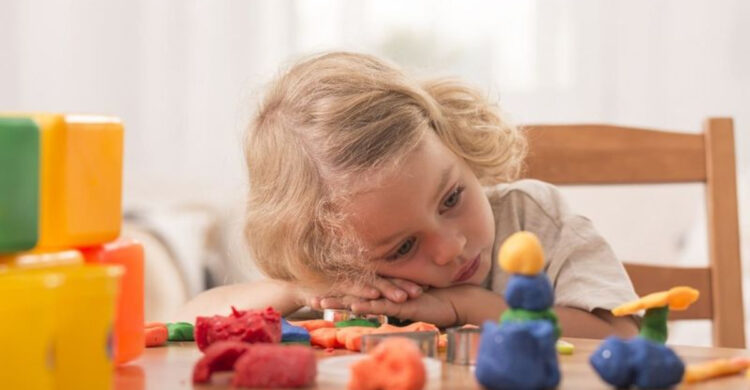
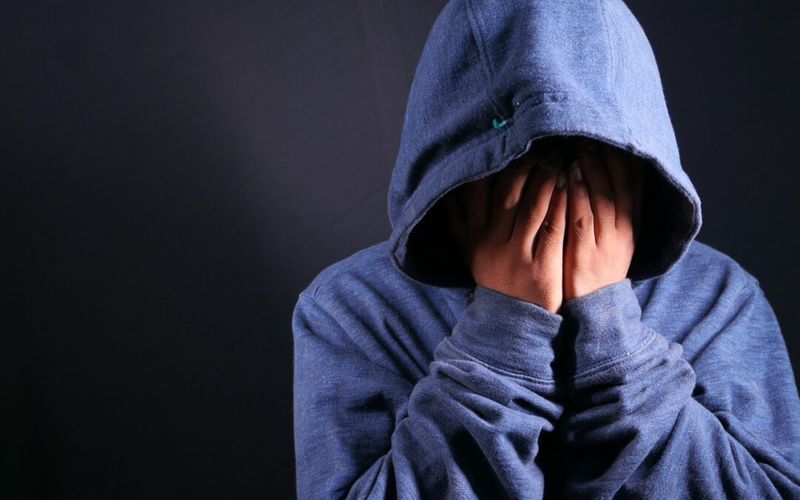




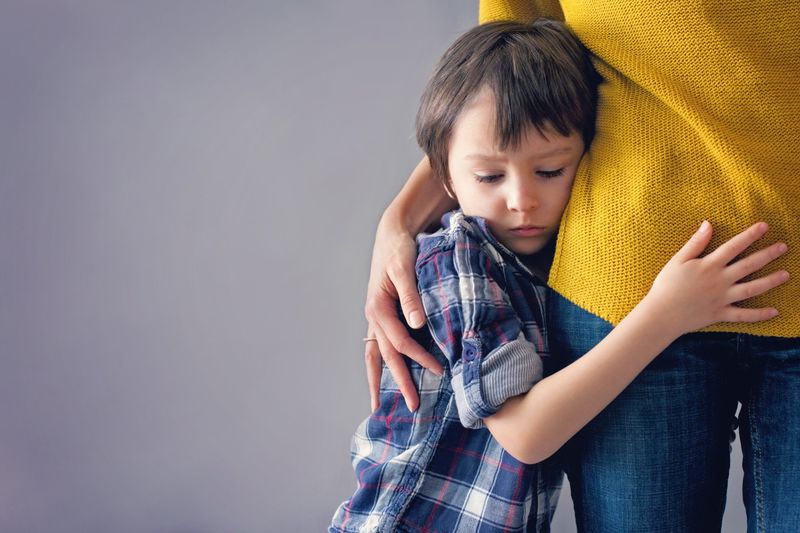
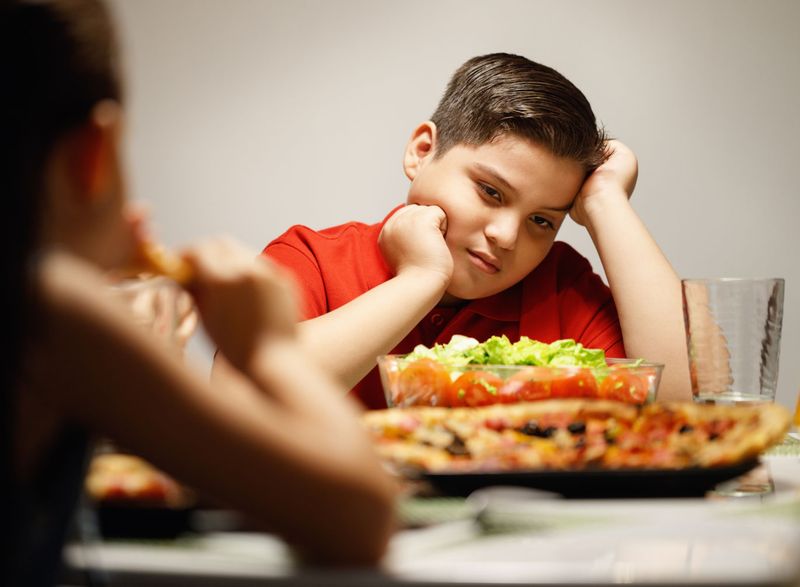


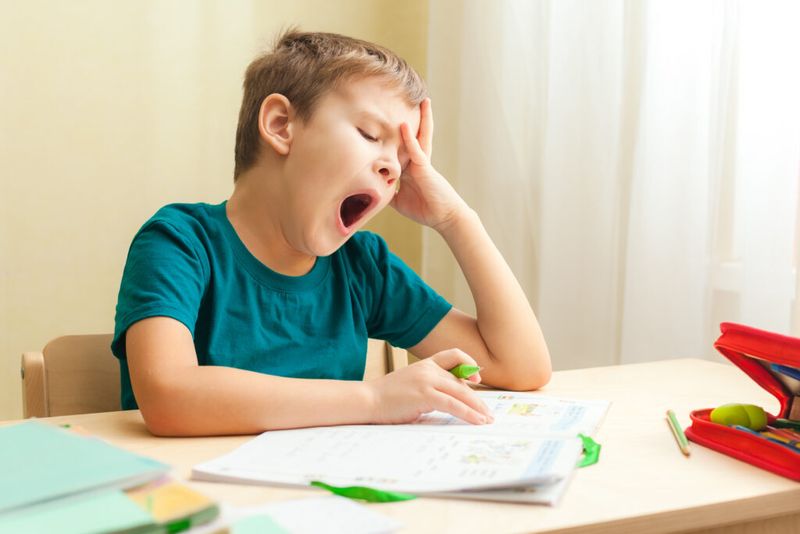

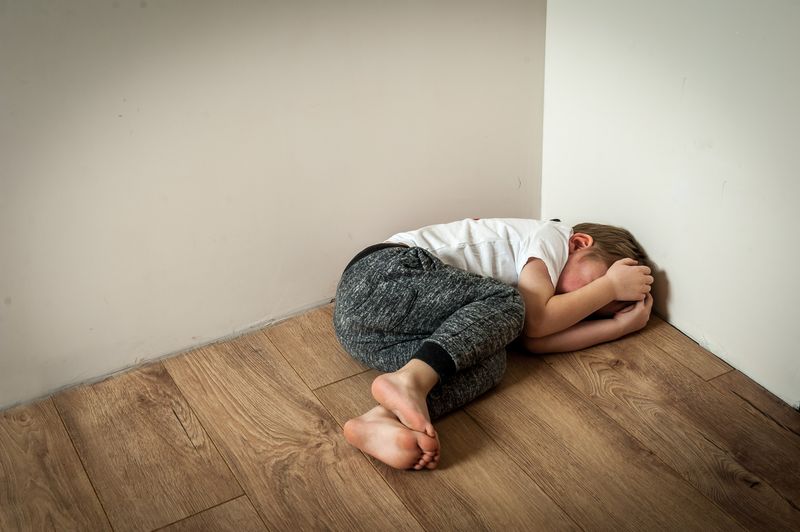


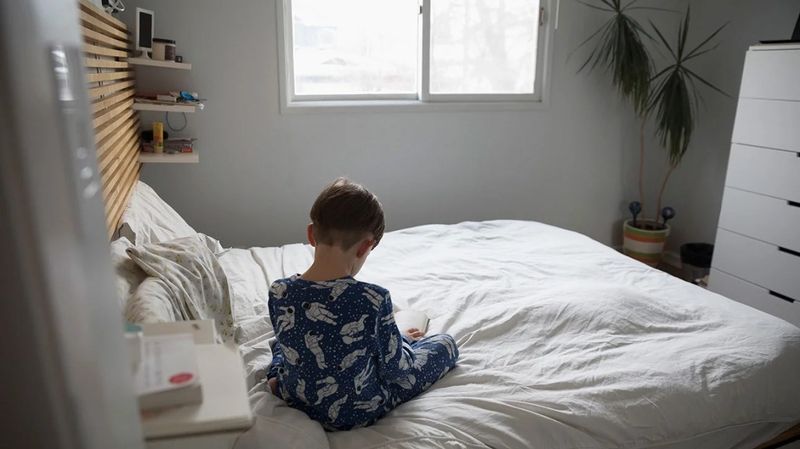
Comments
Loading…